Filter by
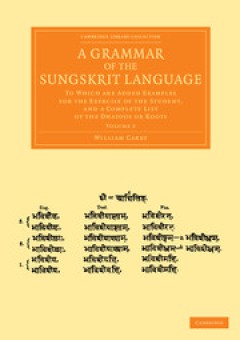
A Grammar of the Sungskrit Language to Which Are Added Examples for the Exer…
The Indo-Aryan language of Sanskrit is the primary language of Hinduism and also a scholarly language of Buddhism. Dating back to the second millennium BCE, it is considered to be the parent of most modern languages of India, and remains central to work in Indo-European studies, philology and linguistics today. First published in 1806, this is a comprehensive grammar of Sanskrit, compiled by th…
- Edition
- -
- ISBN/ISSN
- 9781139507271
- Collation
- -
- Series Title
- Cambridge Library Collection - Perspectives from the Royal Asiatic Society
- Call Number
- -
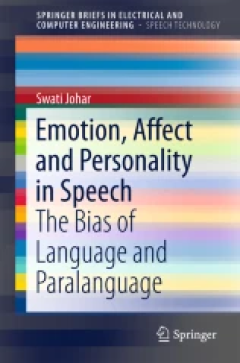
Emotion, Affect and Personality in Speech the Bias of Language and Paralanguage
This book explores the various categories of speech variation and works to draw a line between linguistic and paralinguistic phenomenon of speech. Paralinguistic contrast is crucial to human speech but has proven to be one of the most difficult tasks in speech systems. In the quest for solutions to speech technology and sciences, this book narrows down the gap between speech technologists and …
- Edition
- -
- ISBN/ISSN
- 978-3-319-28047-9
- Collation
- 3 b/w illustrations
- Series Title
- -
- Call Number
- -
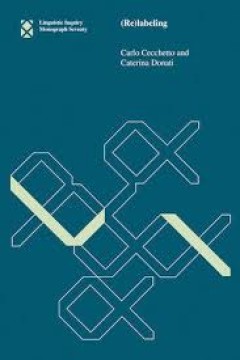
(Re)labeling
This book owes its title to a simple idea: words are special because they can provide a label for nothing when they merge with some other category. An exemplification of this special power of words is introduced by the familiar head-complement configurations. For example, the structure that is created when a verb and a direct object DP are merged receives a label from the verb, namely it is a V…
- Edition
- -
- ISBN/ISSN
- 9780262327220
- Collation
- 1 online resource (xiii, 190 pages) :illustrations.
- Series Title
- -
- Call Number
- -

The price of linguistic productivity :how children learn to break the rules o…
An investigation of how children balance rules and exceptions when they learn languages."All languages have exceptions alongside overarching rules and regularities. How does a young child tease them apart within just a few years of language acquisition? In this book, drawing an economic analogy, Charles Yang argues that just as the price of goods is determined by the balance between supply and …
- Edition
- -
- ISBN/ISSN
- 9780262336376
- Collation
- 1 online resource
- Series Title
- -
- Call Number
- -
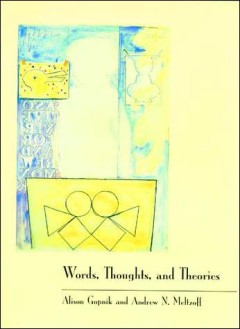
Words, thoughts, and theories
"A Bradford book."OCLC-licensed vendor bibliographic record.
- Edition
- -
- ISBN/ISSN
- 9780262274098
- Collation
- 1 online resource (xvi, 268 pages).
- Series Title
- -
- Call Number
- -
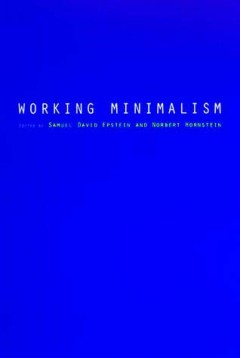
Working minimalism
AnnotationOCLC-licensed vendor bibliographic record.
- Edition
- -
- ISBN/ISSN
- 9780262272377
- Collation
- 1 online resource (371 pages).
- Series Title
- -
- Call Number
- -

Categories we live by :how we classify everyone and everything
An in-depth analysis of how humanity's compulsion to categorize affects every aspect of our lived experience. The minute we are born -- sometimes even before -- we are categorized. From there, classifications dog our every step: to school, work, the doctor's office, and even the grave. Despite the vast diversity and individuality in every life, we seek patterns, organization, and control. In Ca…
- Edition
- -
- ISBN/ISSN
- 026237711X
- Collation
- 1 online resource (192 pages).
- Series Title
- -
- Call Number
- -

Consequences of language :from primary to enhanced intersubjectivity
"Two senior scholars explain what language does to human beings, especially how it affects our intersubjective competence"--OCLC-licensed vendor bibliographic record.
- Edition
- -
- ISBN/ISSN
- 9780262372749
- Collation
- 1 online resource
- Series Title
- -
- Call Number
- -

The secrets of words
Two distinguished linguists on language, the history of science, misplaced euphoria, surprising facts, and potentially permanent mysteries. In The Secrets of Words , influential linguist Noam Chomsky and his longtime colleague Andrea Moro have a wide-ranging conversation, touching on such topics as language and linguistics, the history of science, and the relation between language and the brain…
- Edition
- -
- ISBN/ISSN
- 9780262369053
- Collation
- 1 online resource (208 pages).
- Series Title
- -
- Call Number
- -

Syntax in the treetops
"A syntactic analysis of and solution to the semantic problem: how can speakers convey the same meaning using different speech acts?"--OCLC-licensed vendor bibliographic record.
- Edition
- -
- ISBN/ISSN
- 9780262369091
- Collation
- 1 online resource.
- Series Title
- -
- Call Number
- -
 Computer Science, Information & General Works
Computer Science, Information & General Works  Philosophy & Psychology
Philosophy & Psychology  Religion
Religion  Social Sciences
Social Sciences  Language
Language  Pure Science
Pure Science  Applied Sciences
Applied Sciences  Art & Recreation
Art & Recreation  Literature
Literature  History & Geography
History & Geography